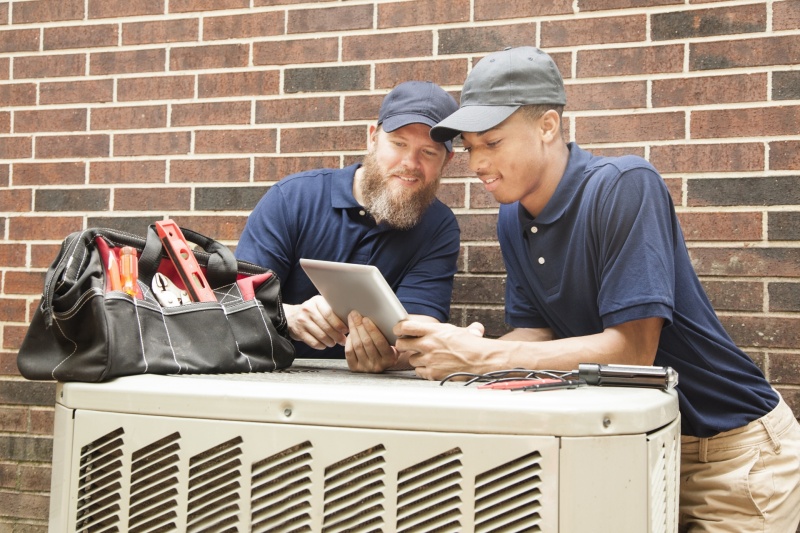Your furnace creates a lot of heat when it is on. This may seem obvious since it has a single purpose – and that’s to heat your home. But your furnace isn’t only generating heat. It also creates carbon monoxide fumes that need to be safely transferred outside of your home and away from the air you breathe.
That’s why your furnace has an exhaust flue – to move these fumes outside. Unfortunately, it’s not uncommon to have problems with your exhaust flue as the system ages and parts wear down. If your furnace exhaust system is showing signs of damage, you definitely want to address the problems early before they worsen.
Understanding Your Exhaust Flue
Your furnace’s exhaust flue is also called a furnace exhaust stack. The component is a metal tube that is designed to provide a path for carbon monoxide and other dangerous gases to leave your furnace’s heat exchanger and safely go outside. The metal tube has a damper inside that helps to regulate pressure between the inside air and outside air.
It creates suction that draws carbon monoxide and other gases up and out. The damper also works by preventing these gases from reentering the system. Some homeowners have a furnace exhaust with a unique outlet while others route the exhaust to the existing chimney as an exit point.
Exhaust Flue Problems
There is a variety of problems you can face with your exhaust flue, but they all lead back to a single danger – carbon monoxide poisoning. If carbon monoxide and other dangerous gases can get into the air of your home you and your family can become very ill without understanding why. Flue problems may include:
- Cracks – Your flue can corrode over time because of the noxious gases. Changes in temperature can also contribute to changes in the material that allow it to crack. When a flue pipe cracks, gases can stray from their path out of your home and enter the air inside.
- Joint leaks – Exhaust flues are not a single piece of material that is seamless. Instead, there are parts that connect together at joints to create a path out of your home. These joints can be weak points where cracks and holes develop that allow gas to leak out.
- Backdraft – If the damper doesn’t do its job, gases may be sucked into your house instead of being sucked out. When this happens, it’s called backdrafting. Other problems that cause backdrafting include a lack of air supply coming into your heating system or exhaust fan problems.
There’s only one way to ensure that your heater and exhaust flue are ready for winter, and that’s regular maintenance. If you haven’t had your system inspected in the last 12 months, it’s time to schedule a service. We can make any repairs that are needed, replace worn-out parts, and ensure your entire heating system – exhaust flue included – are in great condition for the heating season.
Your comfort is our business! Comfort Flow Heating serves all of Oregon, so contact our team today to schedule your appointment.


